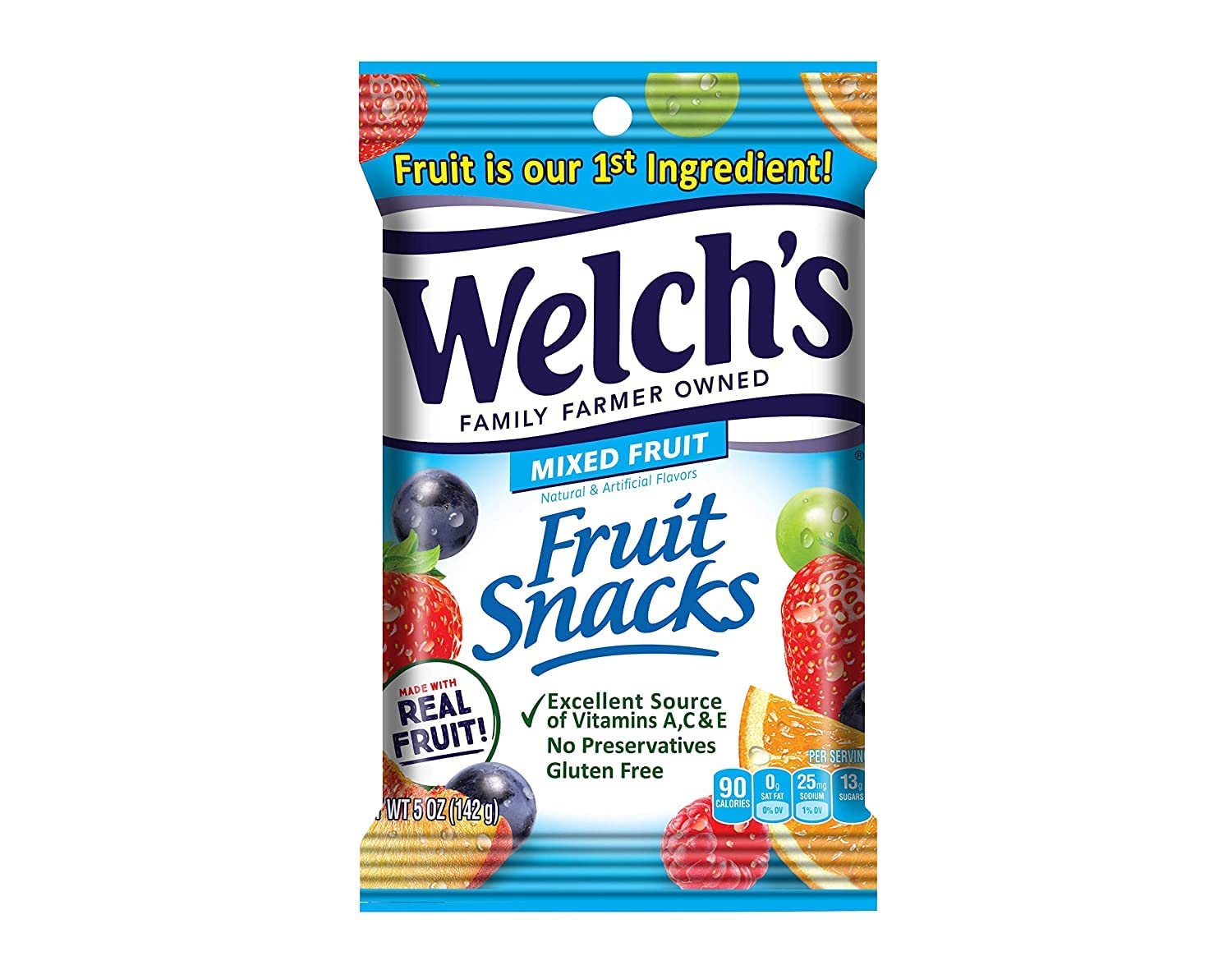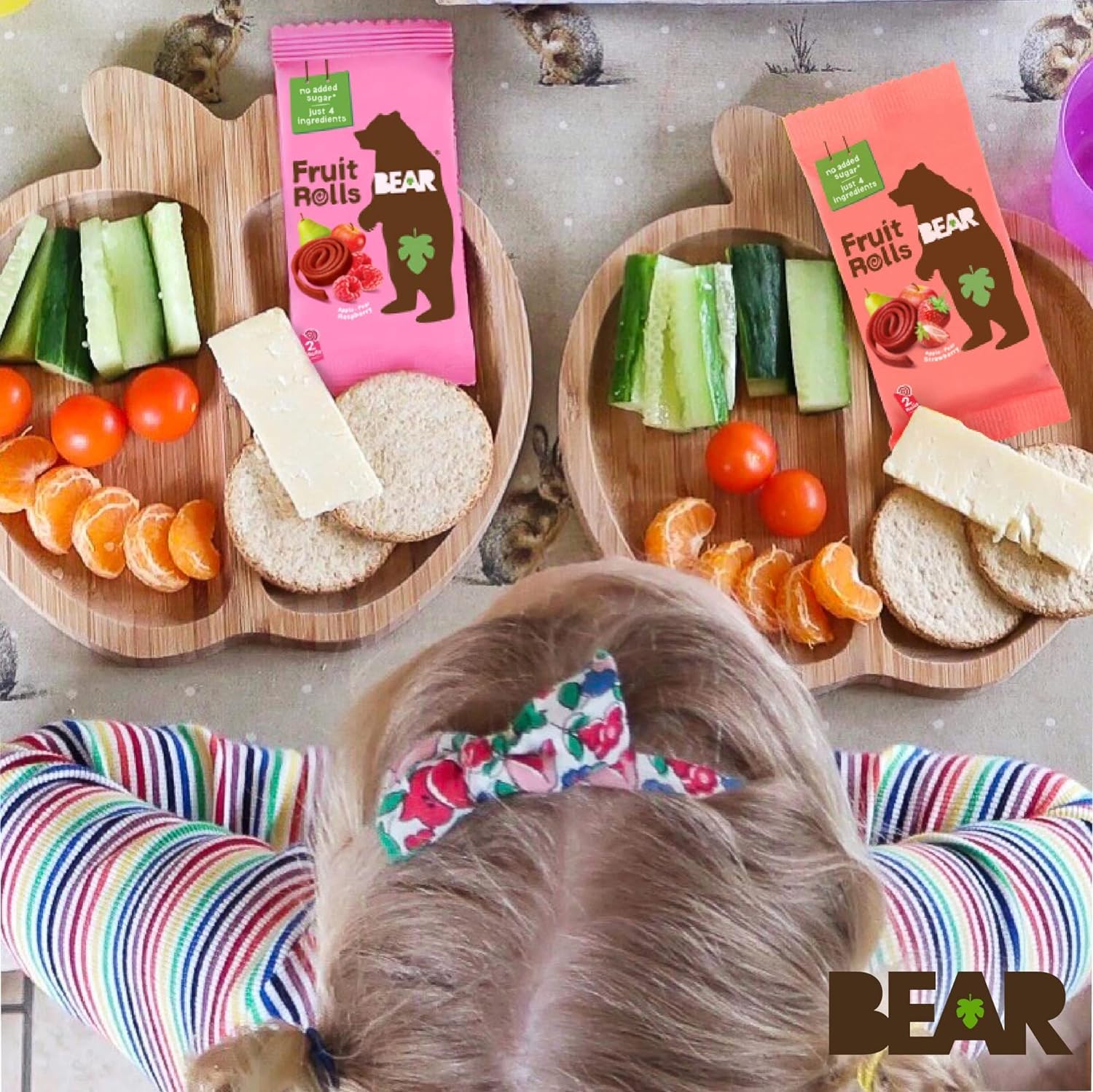Understanding Fruit Snacks and Their Benefits
The Convenience and Nutritional Value of Fruit Snacks
Fruit snacks have become a staple in many households due to their convenience and the perception of being a healthier alternative to other grab-and-go treats. These bite-sized, fruit-flavored treats are not only easy to pack but also often enriched with vitamins, making them an appealing option for both parents seeking snacks for their children and adults looking for a quick and convenient way to satiate hunger pangs between meals. When made with real fruit and without added artificial sugars, fruit snacks can contribute to one’s daily fruit intake, providing essential nutrients such as vitamins, minerals, and dietary fiber.
Distinguishing Between Healthy Options and Sugary Counterparts
Not all fruit snacks are created equal. It’s essential to distinguish between snacks made with actual fruit and those that are merely fruit-flavored. The latter often contain high levels of sugar, artificial flavorings, and colorings, offering little to no nutritional value. In contrast, healthier options will list real fruit or fruit puree as their first ingredient and use natural sweeteners sparingly. Making informed choices requires reading nutrition labels carefully to ensure that the snacks provide the benefits of fruit consumption without unnecessary additives or excessive sugars.

Incorporating Fruit Snacks into a Balanced Diet
Although fruit snacks can be part of a balanced diet, they should not be the sole source of one’s fruit intake. They work best when consumed in moderation as a complement to whole fruits, which contain a broader range of nutrients and fiber. When selecting fruit snacks, consider those that are not only made with real fruit but also free from preservatives, artificial colors, and sweeteners. Pairing these snacks with protein or a small amount of healthy fat can aid in satiety and provide a more balanced nutritional profile, making them a smarter snack choice.
Different Types of Fruit Snacks
Homemade vs. Store-Bought Fruit Snacks
Homemade fruit snacks present an opportunity for health-conscious consumers to take full control over the ingredients used. Using pureed fruit, natural sweeteners, and gelatin or pectin, one can make a batch of fruit snacks that are free from artificial additives. The advantage of homemade snacks is the ability to adjust the sweetness and experiment with various fruit combinations.
On the other hand, store-bought fruit snacks are prized for their convenience. When shopping for these, it’s critical to scrutinize the ingredient list for real fruit content and avoid products with corn syrup, artificial sweeteners, and synthetic dyes. Some brands may offer organic options or snacks fortified with additional vitamins and minerals, catering to those looking for an added nutritional boost.

Exploring the Variety of Fruit Snacks Available
The market offers an array of fruit snack options, from traditional gummy treats to innovative products like freeze-dried fruit, fruit leather, and fruit bars. Freeze-dried fruit retains much of the nutritional value of fresh fruit and provides a satisfying crunch, while fruit leathers offer a chewier texture and can be a creative way to enjoy a variety of fruit flavors in one serving. Fruit bars, typically a mix of fruit and grains, can also be a more filling option, suitable as a quick breakfast substitute or an energy boost during physically demanding activities.
Nutritional Considerations and Allergen Information
As with all processed foods, those considering fruit snacks should be mindful of their nutritional content, particularly sugar content, and allergen information. While fruit naturally contains sugar, added sugars can turn a seemingly healthy snack into something more akin to candy. For individuals with food sensitivities or allergies, checking labels for potential allergens like nuts, dairy, or gluten is crucial. Additionally, the caloric value of fruit snacks should align with one’s dietary goals, as over-consumption can lead to unintended weight gain.

Making Informed Choices
Reading Labels and Identifying Key Ingredients
Understanding food labels is key to making informed choices about fruit snacks. Look for products with a high percentage of real fruit and nutrients comparable to those found in fresh fruit. Be wary of long ingredient lists, especially those containing items difficult to pronounce, as they may indicate the presence of artificial additives. Keep an eye out for key terms like “no added sugar,” “no artificial flavors,” and “non-GMO,” as these can be indicators of a healthier product. However, be critical of marketing language designed to mislead consumers and focus on the nutritional facts and ingredients list.
The Role of Fruit Snacks in Children’s Diets
For children, fruit snacks can be a double-edged sword. They offer easy, tasty options for parents looking to provide their kids with fruit’s benefits, but they can also introduce a preference for overly sweet tastes if not carefully selected and moderated. It’s important that fruit snacks are used as a bridge between meals rather than as a primary source of nutrition. Encouraging children to appreciate and consume whole fruits should remain a priority, as this ensures they receive the full spectrum of fiber and nutrients that fruit has to offer. When selecting fruit snacks for kids, opt for those with simple, wholesome ingredients and keep portion sizes appropriate to prevent overconsumption.
Sustainability and Ethical Considerations in Production
Consumers are increasingly aware of the environmental and ethical implications of their food choices. When it comes to Nutritional Value of Fruit Snacks , this extends to the sourcing of the fruit, the manufacturing process, and the packaging. Locally sourced, organic fruit snacks might offer a reduced carbon footprint and ensure that no harmful pesticides or chemicals are used in production. Biodegradable or recyclable packaging is also an important consideration for those looking to minimize their environmental impact. Companies that engage in fair trade practices ensure that farmers and workers involved in the production of the fruit used in snacks are compensated fairly and work under acceptable conditions.
, this extends to the sourcing of the fruit, the manufacturing process, and the packaging. Locally sourced, organic fruit snacks might offer a reduced carbon footprint and ensure that no harmful pesticides or chemicals are used in production. Biodegradable or recyclable packaging is also an important consideration for those looking to minimize their environmental impact. Companies that engage in fair trade practices ensure that farmers and workers involved in the production of the fruit used in snacks are compensated fairly and work under acceptable conditions.
Conclusion: Snacking Smart with Fruit Snacks
The Importance of a Mindful Snacking Philosophy
Snacking can be an important part of a healthy diet, but it requires mindful choices to truly nourish the body and provide energy throughout the day. Fruit snacks can fit into this philosophy when chosen wisely. These snacks can bridge the gap between meals, contribute to satisfying daily fruit servings, and provide a quick energy boost when necessary. Restraint and moderation are key; fruit snacks are best used to complement a diet rich in whole fruits, vegetables, and other nutrient-dense foods.
Bridging the Gap: Striking the Right Balance with Fruit Snacks
Ultimately, Nutritional Value of Fruit Snacks can be a beneficial addition to one’s diet when they bridge the gap between convenience and nutrition. By choosing snacks wisely—prioritizing those made with whole fruit, limited added sugars, and ethical manufacturing practices—you can enjoy the practical benefits of these treats without compromising on health goals. Snacking smart with fruit snacks means recognizing their place within a diverse and balanced diet and understanding their nutritional value in relation to other food choices.


